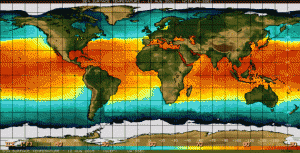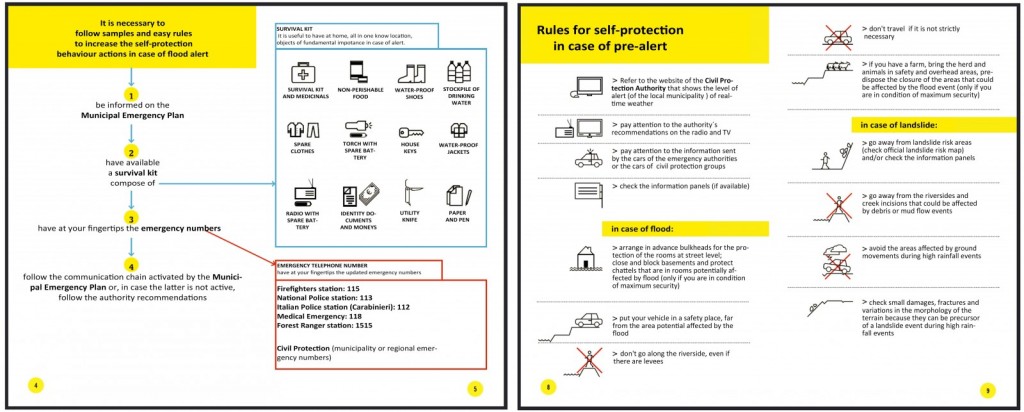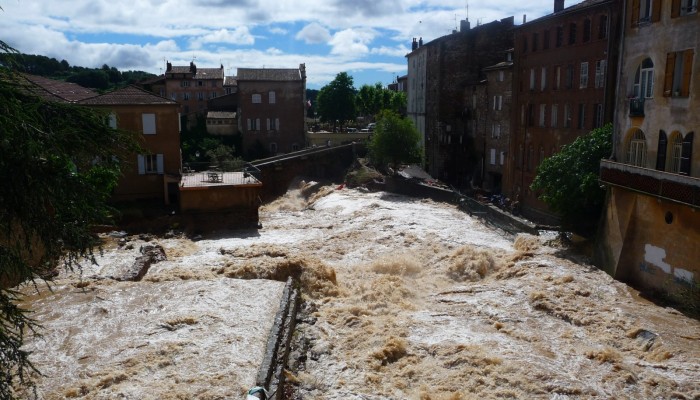Abstract:
In recent decades, the quantification of flood hydrological characteristics (peak discharge, hydrograph shape, and runoff volume) from documentary evidence has gained scientific recognition as a method to lengthen flood records of rare and extreme events. This paper describes the methodological evolution of quantitative historical hydrology under the influence of developments in hydraulics and statistics.
In the 19th century, discharge calculations based on flood marks were the only source of hydrological data for engineering design, but were later left aside in favour of systematic gauge records and conventional hydrological procedures. In the last two decades, there has been growing scientific and public interest in understanding long-term patterns of rare floods, in maintaining the flood heritage and memory of extremes, and developing methods for deterministic and statistical application to different scientific and engineering problems.
A compilation of 46 case studies across Europe with reconstructed discharges demonstrates that (1) in most cases present flood magnitudes are not unusual within the context of the last millennium, although recent floods may exceed past floods in some temperate European rivers (e.g. the Vltava and Po rivers); (2) the frequency of extreme floods has decreased since the 1950s, although some rivers (e.g. the Gardon and Ouse rivers) show a reactivation of rare events over the last two decades. There is a great potential for gaining understanding of individual extreme events based on a combined multiproxy approach (palaeoflood and documentary records) providing high-resolution time flood series and their environmental and climatic changes; and for developing non-systematic and non-stationary statistical models based on relations of past floods with external and internal covariates under natural low-frequency climate variability.



